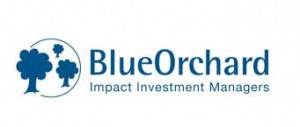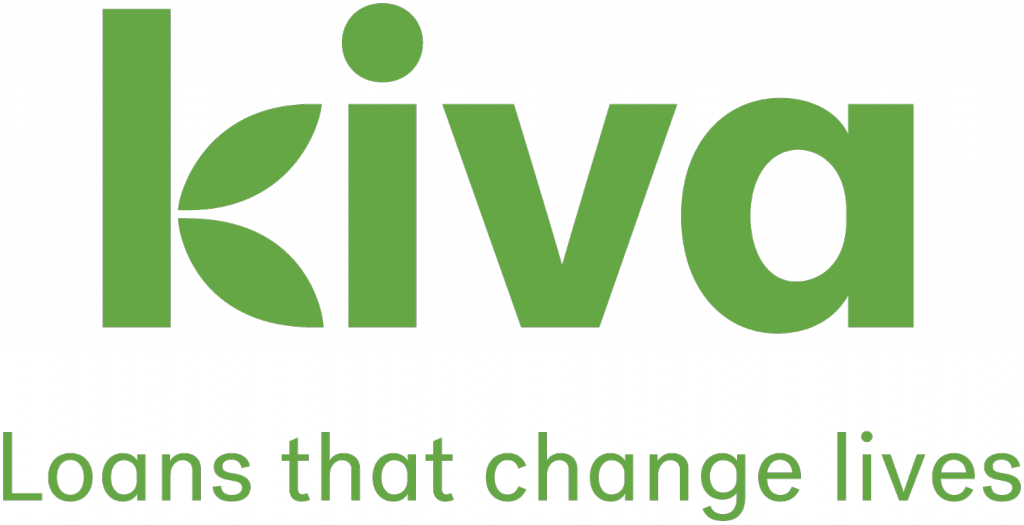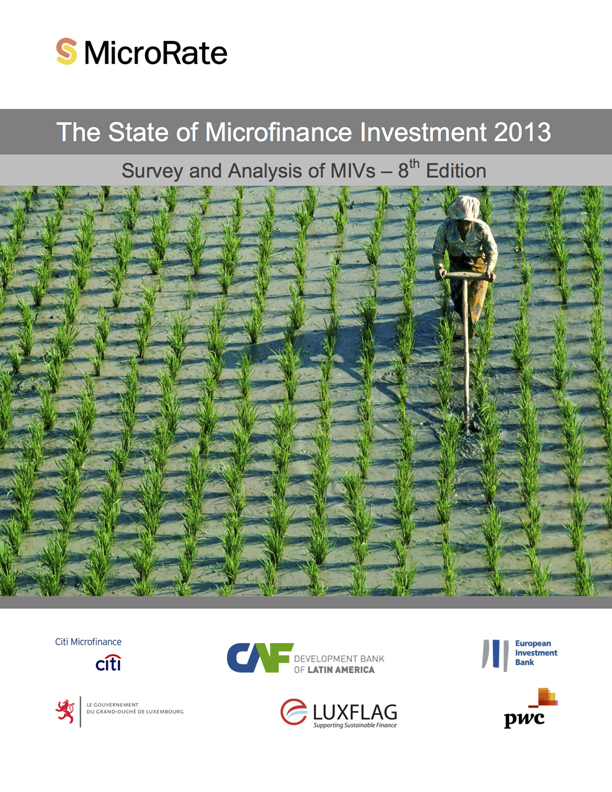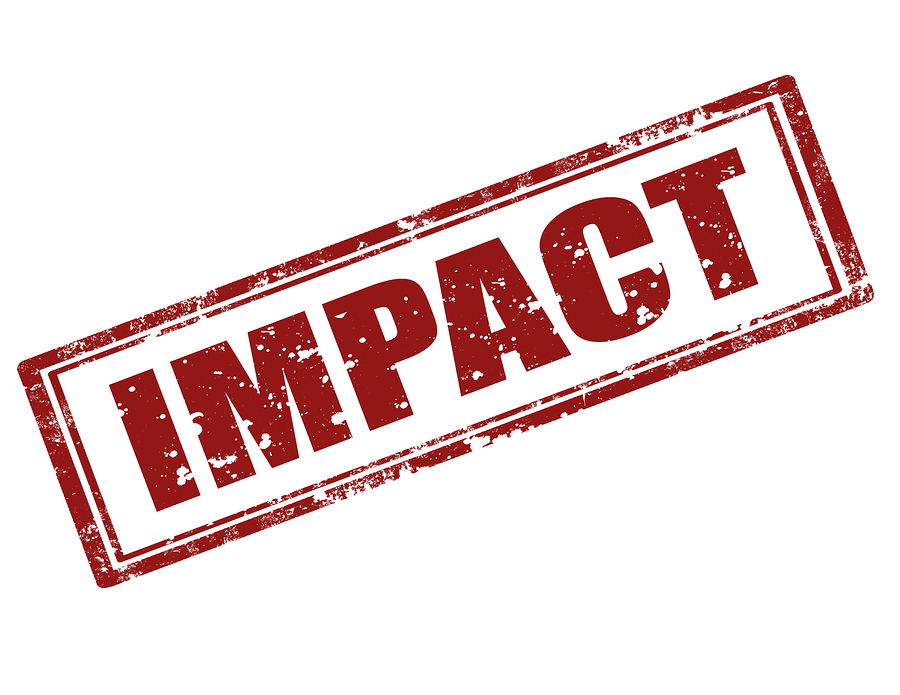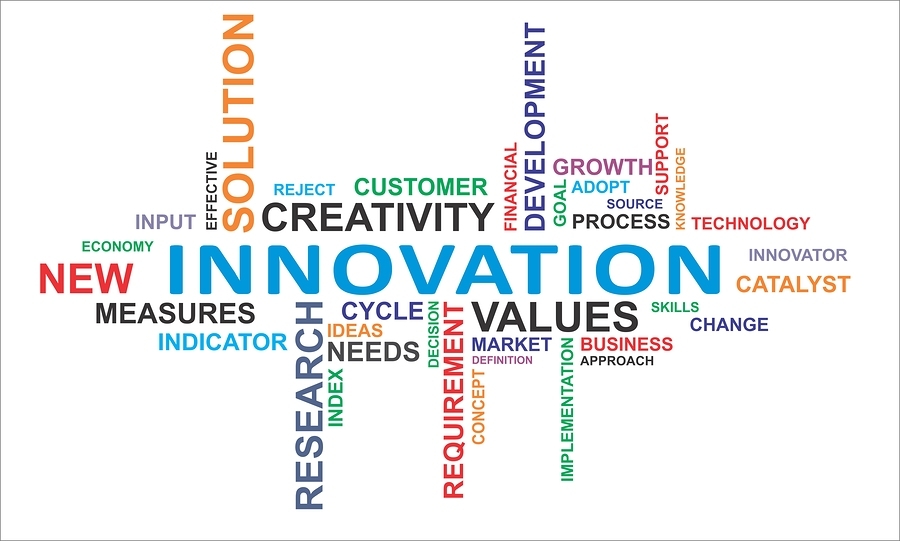
The Impact Management Platform (Platform) is a collaboration between Partner organizations, all of whom are leading providers of sustainability standards and guidance to coordinate efforts and mainstream the practice of impact management.
The Platform represents the next phase of the collaboration that, until now, was facilitated by the Impact Management Project (IMP), a timebound consensus-building forum that ran from 2016 to 2021. Through the Platform, initiatives will continue to work together to identify opportunities to consolidate existing sustainability resources, collectively address gaps, and coordinate with policymakers and regulators to support the mainstreaming of impact management. This web tool is the first product of the platform.
The Platform will be overseen by a Steering Committee comprised of the IFC, OECD, UNDP, UNEP FI and UNGC
source: About the Impact Management Platform
This is a great platform to not only learn but to design and implement impact management. It is designed for a very broad audience from novice to professionals, from startups to large organizations, for investors and for impact organizations. The website contains an overview of the actions of impact management and it is an amazing resource center for standards and guidance. It is an interactive and rich platform.
This year we have seen a convergence/merger of the leading sustainability disclosure standard setters (corporate reporting framewords). In June the two giants, The International Integrated Reporting Council (IIRC) merged with the Sustainability Accounting Standards Board (SASB) into what is today the Value Reporting Foundation to provide investors and corporates with a comprehensive corporate reporting framework across the full range of enterprise value drivers and standards to drive global sustainability performance. This was followed in Nov at the COP26 in Glasgow the IFRS Foundation announcing the formation of the International Sustainability Standards Board (ISSB) by consolidating the Climate Disclosure STandards Board (CDSB) and the Value Reporting Foundation (which houses the Integrated Reporting Framework and the SASB Standards) by June 2022.
The Platform encompasses all these actors above and all the industry leaders in impact and sustainability like GIIN, B-Lab, UN Global Compact, OECD, PRI, UN, GRI and more. It is a very needed and welcome move towards simplification and in creating a robust global standards for sustainability and impact management.

